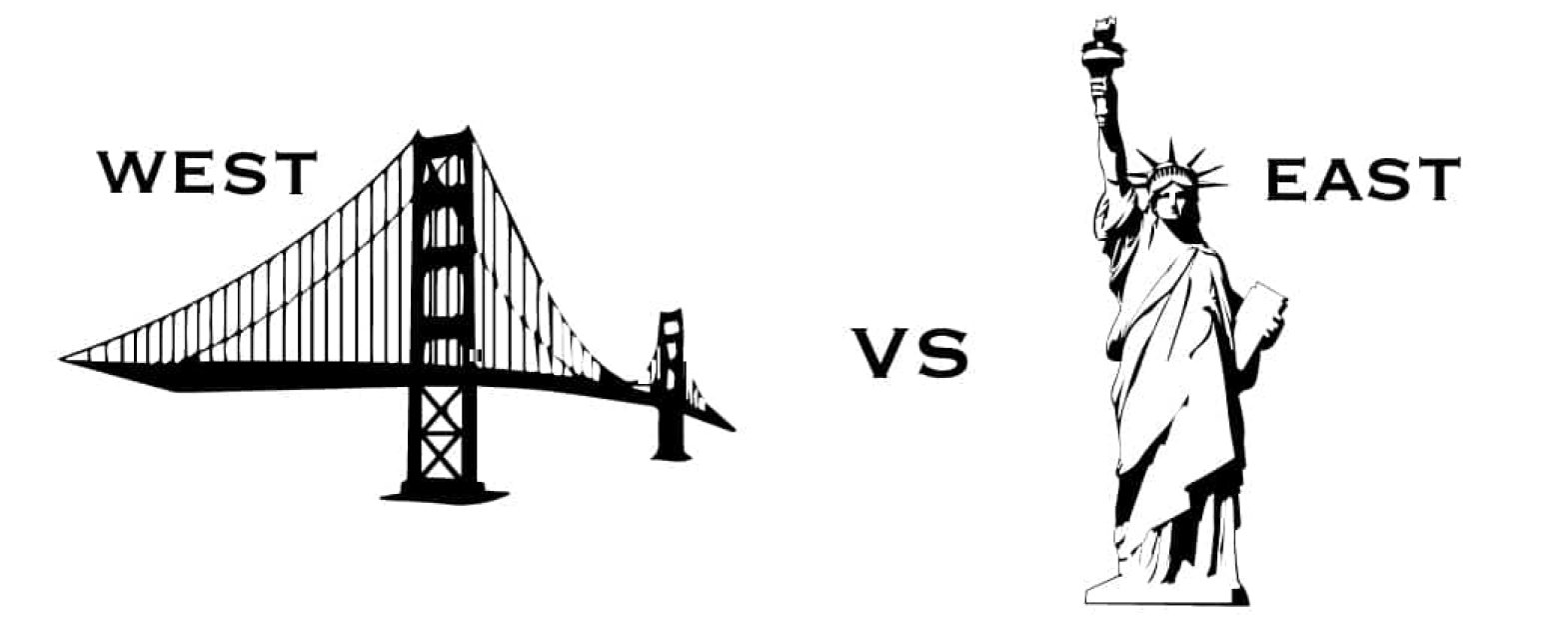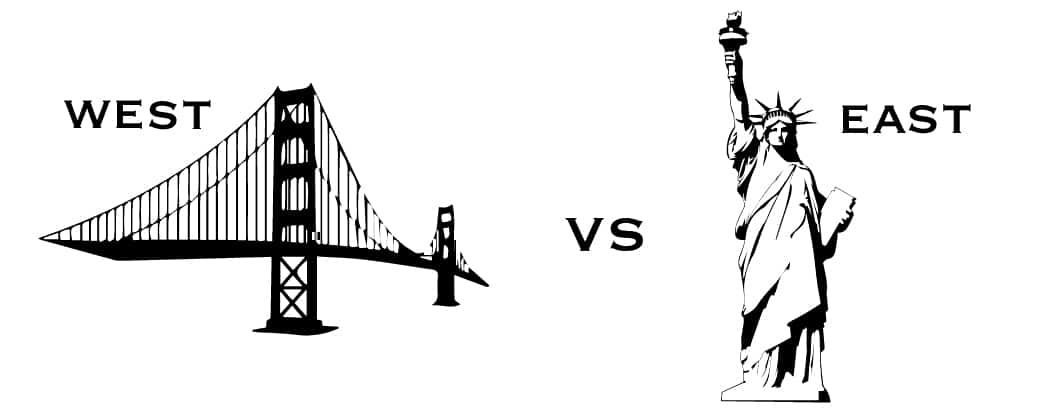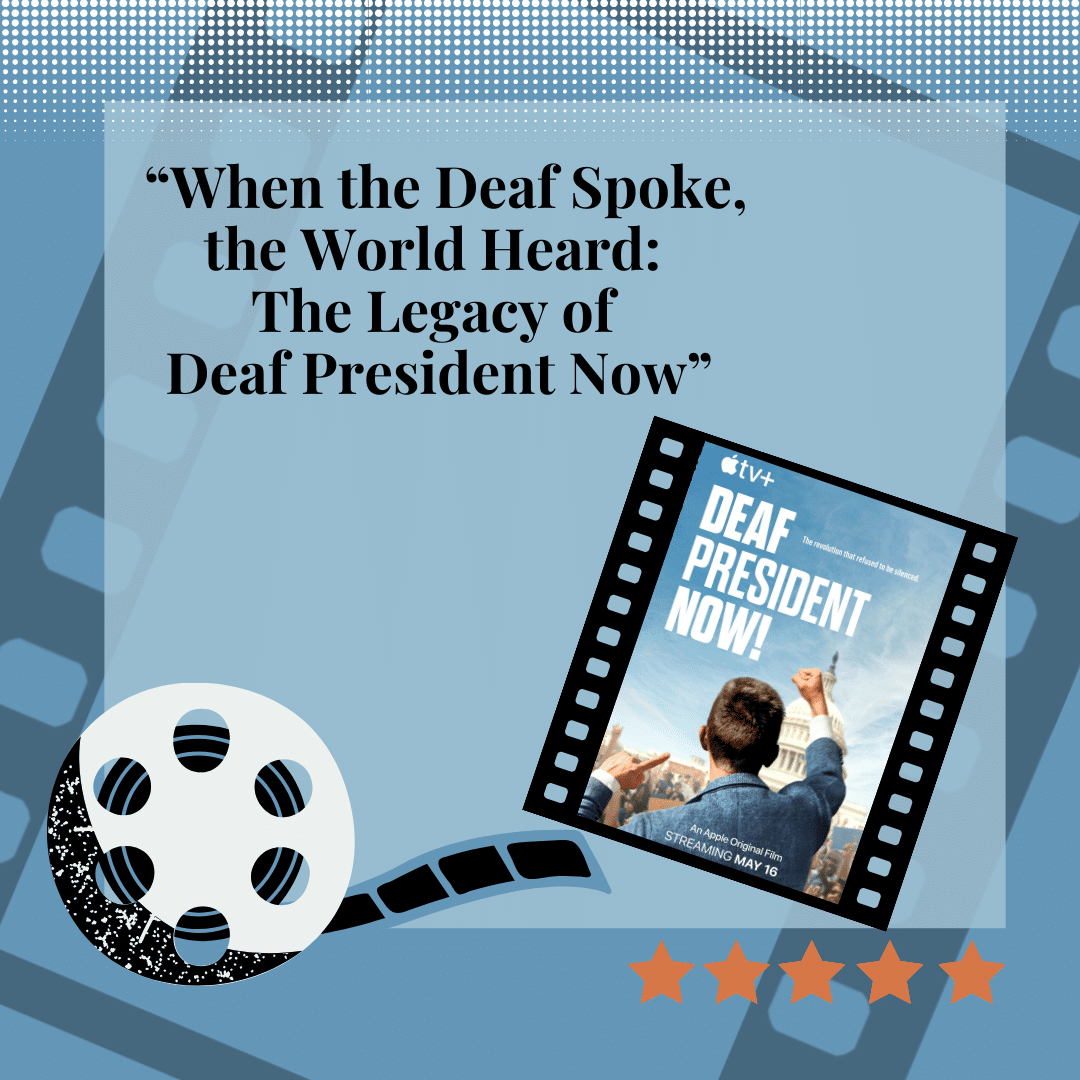
Deaf Culture | Sign Language “Accents” or “Styles”
- by Katelyn Cheng


People have different accents depending on where they’re from. Even within the same country, people’s accents differ based on the region. For example, in the US, people from New York will have a New York accent versus people from the South will have a Southern accent. Similarly to accents in spoken languages, there are accents, also referred to as “styles”, in American Sign Language. The accent or style depends upon the expressions, behaviors, gestures, phrases, speed, and movement of the hand (i.e. bouncing). Some people have medical conditions; therefore the movements or usages of the hands are limited. Accents or styles are also influenced by age, location, culture, and use of slangs/idioms. For example, there is a dialect of ASL that is most commonly used by African Americans. Here is a Youtube video that explains more about BASL, Black American Sign Language.
Here is an example that demonstrates the different styles when signing, “I don’t understand the question.”
As mentioned previously, the accent can depend upon the region the person is from. People from the West Coast, East Coast, and Southeast have their own unique style of ASL. Speed is one of the indicators that differentiates West and East Coast signers. For example, people in the West are more laidback and sign much slower whereas people in the East sign a lot faster. Another factor that makes styles unique is the signs themselves. For example, the sign “slow” is portrayed differently.
Here is a video of how people in the West sign “slow”:
Here is an example of how people in the East sign “slow”:
There is a hearing and deaf accent. Most of the time, Deaf people can automatically tell if someone is hearing, Deaf, or deaf (Read more about “D”eaf and “d”eaf), but the assumption is not always correct. Sometimes a hearing person who is super fluent can be mistaken as being Deaf, or a deaf person can mistakenly be identified as hearing. Deaf people can tell by observing the way someone signs based on their signing and the use of sentence structure and grammar.
There are different forms of sign language. There is ASL, SEE, and PSE. ASL, known as American Sign Language, is the primary language of the Deaf community. This unique language has its own vocabulary, grammar, syntax, and slangs/idioms. SEE, Signed Exact English, is not a true language. Typically, the sentences are signed word-for-word and each sign uses the first letter of the word. PSE, Pidgin Signed English, is a combination of ASL and English. This means that the signs are ASL using English sentence structure and grammar. This form of sign language is most commonly used by hearing or deaf people who did not learn ASL until later in life. In the videos below, I will demonstrate signing the sentence, “I am going to the store to buy groceries,” using ASL, SEE, and PSE.
Here is an example of SEE:
Here is an example of PSE:
Here is an example of ASL:
Now that you have a better understanding of what accents or styles are in ASL, when you interact with others you’ll start to see that there are multiple ways to sign words, phrases, and slang/idioms largely influenced by region, culture, and the form of sign language.
Start Learning ASL Today!
 Ready to start learning real American Sign Language and not just basic signs? Do you want to be a part of the vibrant Deaf community? Check out our Free ASL 1 Course or our Complete 4-Level ASL Course options and start learning ASL today!
Ready to start learning real American Sign Language and not just basic signs? Do you want to be a part of the vibrant Deaf community? Check out our Free ASL 1 Course or our Complete 4-Level ASL Course options and start learning ASL today!









2 Responses
Are there supposed to be videos on this page? There is a bunch of code where the examples are supposed to be.
Is there supposed to be videos on this page? There is a bunch of code where the examples are supposed to be.